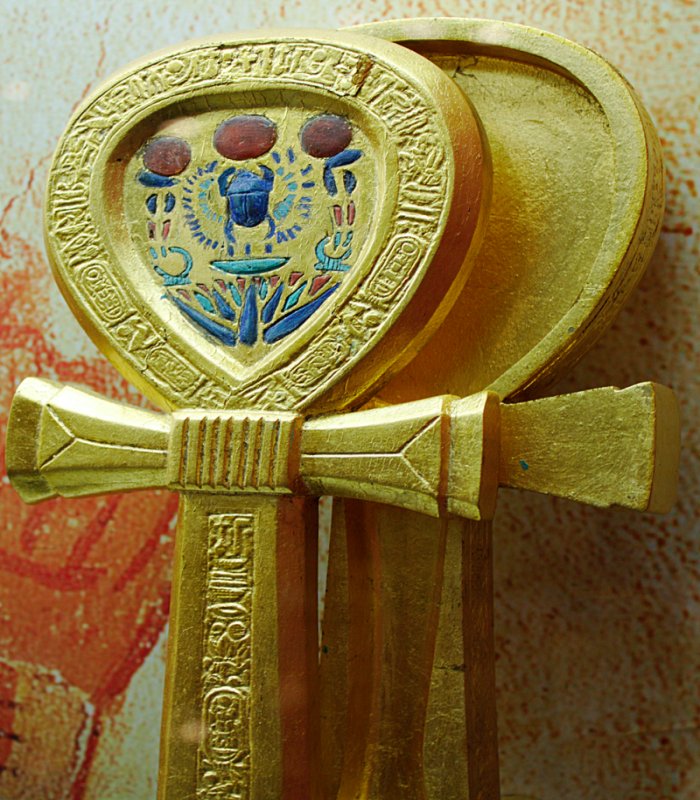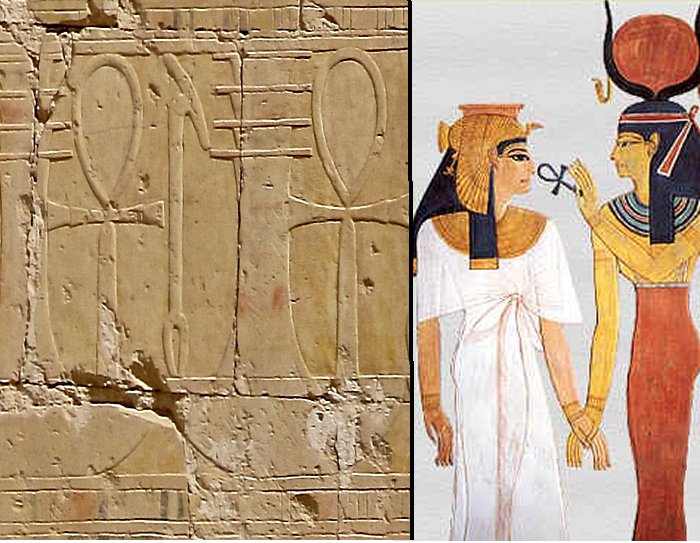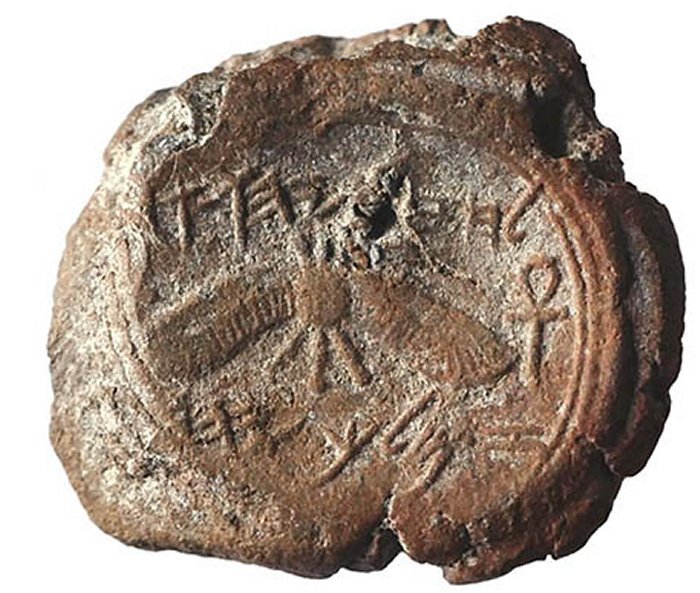What Is The Meaning Of Ankh – Ancient Egyptian Symbol
A. Sutherland - AncientPages.com - Different people have different religions. Each religion has its symbols and characteristic signs.
Egyptian Ankh. Image credit: Nachbarnebenan - Public Domain
Just as the symbol of Christianity has become the cross, known in several variants, and before it was a fish sign, so is the Ankh, a symbol of the ancient religion of Egypt.
Many Interpretations Of The Ankh
Some interpret this symbol according to its two parts – the oval shape symbolizes the eternity of living deities, and the cross that comes out of it is continuation and extension.
In Egyptian hieroglyphs since the Old Kingdom period, the Ankh symbolized life but not the 'life' (this everyday, ordinary life) we think of. The ancient Egyptians associated the Ankh with the soul's spiritual life, which most do not even think about daily.
But the Ankh is also the subject of other interpretations. It combines the two forces of life - the male and female symbols of Osiris and Isis.
It is the union between heaven and earth and unifying feminine and masculine principles.
First Dynasty stone dish in the shape of an ankh, embraced by a pair of hands representing ka.Image credit: Soutekh67 - CC BY-SA 4.0.
It also symbolized fertility as the sign's loop was associated with a woman's womb. Later, the Ankh was given a magical meaning as it was believed it possessed a mystic vital force.
Mystics and enthusiasts of secret knowledge in the 19th century and even the 20th century's New Age movements have considered the Ankh a powerful symbol of prosperity, health, good fortune, and protection against defeat, fall, and destruction.
Ankh Was Associated With Many Egyptian Deities
There are many depictions of Egyptian deities holding the Ankh. Maat, the goddess of truth, holds an ankh in her hand; however, the goddess Isis is most often seen carrying it. Also, Atum, the god of the sun from Heliopolis, and Sekhmet, a warrior goddess and a goddess of healing, were often depicted with the Ankh.
There are also representations of the pharaoh who stands between the gods and holds the Ankh in his palm. In this case, the sign emphasizes the pharaoh's divine nature.
Ankh Decorated Walls Of Egyptian Temples
In Egyptian tomb paintings and other art, the Ankh appears frequently. As a symbol of imperishable vital force, the Ankh was painted on the walls of the temples, stelae, and in friezes of objects, especially near the feet, to provide divine protection to the dead.
It often appears at the fingertips of a god or goddess in images representing the afterlife's deities conferring the gift of life on the dead person's mummy.
Left: Frieze of ankh, signs of djed and was at the top of the hieroglyph "all". Image credit: Ancient sculptor unknown; original photograph by Olaf Tausch. CC BY-SA 2.5; Right: Hathor presents the ankh to Queen Nefertari Merenmut. Scene from her tomb QV66, 13th century (19th) - Image upploader - Ramsis1978 - public domain
Numerous depictions show a symbolic combination of water and air in scenes when a god holds the Ankh before the king's nose, giving him the 'breath of life, or when a stream of water forming the Ankh runs over the king during ceremonial purification.
The Ankh is also known as the Egyptian Cross or crux ansata, which in Latin means "cross with a handle."
When Christianity came to Egypt, the ancient Egyptian symbol of Ankh was taken over by the fourth-century Coptic Christians, and their church adopted the Ankh as its unique form of the Christian cross because of its cruciform shape.
Interestingly, the Ankh, symbolizing life and accompanied by a two-winged sun and wings turned downward, was depicted on an impression of the royal seal of King Hezekiah (727–698 BC).
The artifact was unearthed during the Ophel excavations at the foot of the Temple Mount in 2015.
Ankh Is A Good Amulet – But Not For Everyone
The Ankh is a suitable amulet for those who wish to demonstrate their spiritual rather than religious beliefs.
The royal seal of Hezekiah, king of Judah. The ankh is clearly visible. Photo: Courtesy of Dr. Eilat Mazar/ Ouria Tadmor
Otherwise, the Ankh is the attribute of the god Amun ('the hidden one'), King of the Gods, one of the most powerful gods in Egypt. Egyptians frequently carried it as an amulet, sometimes accompanied by two other hieroglyphs symbolizing 'strength' and 'health. Ancient Egyptian mirrors were often shaped as the Ankh.
This universal symbol has accompanied and influenced humanity in all ages and continues to influence modern people.
The Ankh is one of many important ancient Egyptian symbols.
Written by – A. Sutherland AncientPages.com Staff Writer
Updated on Sep 21, 2023
Copyright © AncientPages.com All rights reserved. This material may not be published, broadcast, rewritten or redistributed in whole or part without the express written permission of AncientPages.com
More From Ancient Pages
-
 People Of India In Focus: Where Did They Come From?
Civilizations | May 11, 2017
People Of India In Focus: Where Did They Come From?
Civilizations | May 11, 2017 -
 Maximilien de Robespierre: A True Revolutionary Man Or A Madman?
Featured Stories | Dec 22, 2015
Maximilien de Robespierre: A True Revolutionary Man Or A Madman?
Featured Stories | Dec 22, 2015 -
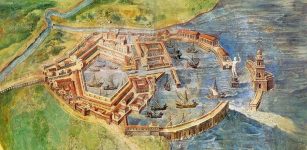 Portus: History Of Ancient Roman Hub Of Commerce – Reconstructed With New Methods
Archaeology | Jul 17, 2019
Portus: History Of Ancient Roman Hub Of Commerce – Reconstructed With New Methods
Archaeology | Jul 17, 2019 -
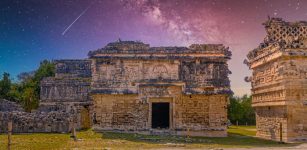 Unpredictable Rainfall May Have Caused Disintegration Of Early Maya Societies
Archaeology | Apr 7, 2023
Unpredictable Rainfall May Have Caused Disintegration Of Early Maya Societies
Archaeology | Apr 7, 2023 -
 Artifacts And Long History Of Unguja Island – Ancient Humans Impact Island’s Environment
Archaeology | Mar 5, 2022
Artifacts And Long History Of Unguja Island – Ancient Humans Impact Island’s Environment
Archaeology | Mar 5, 2022 -
 Was Spruce Hill In Ohio Home To An Ancient Lost Civilization? Traces Of Strong Fire Puzzle Scientists
Ancient Mysteries | Jan 17, 2018
Was Spruce Hill In Ohio Home To An Ancient Lost Civilization? Traces Of Strong Fire Puzzle Scientists
Ancient Mysteries | Jan 17, 2018 -
 DNA From Doggerland That Separates The UK From Europe – New Study
Archaeology | Jul 20, 2020
DNA From Doggerland That Separates The UK From Europe – New Study
Archaeology | Jul 20, 2020 -
 Remains Of An Ancient Seaport In Asini, Greece Discovered By Underwater Archaeologists
Archaeology | Mar 12, 2025
Remains Of An Ancient Seaport In Asini, Greece Discovered By Underwater Archaeologists
Archaeology | Mar 12, 2025 -
 Ancient Glass Workshop Unearthed At Iron Age Of Němčice
Archaeology | Jul 24, 2023
Ancient Glass Workshop Unearthed At Iron Age Of Němčice
Archaeology | Jul 24, 2023 -
 On This Day In History: Grote Reber, Great Amateur Astronomer And Ham Radio Operator Born – On Dec 22, 1911
News | Dec 22, 2016
On This Day In History: Grote Reber, Great Amateur Astronomer And Ham Radio Operator Born – On Dec 22, 1911
News | Dec 22, 2016 -
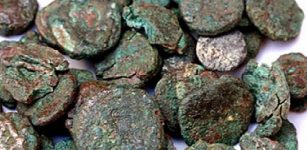 Thousands Of Ignored ‘Nummi Minimi’ Coins Found In Ancient Marea, Egypt With Hidden Fascinating History
Archaeology | Dec 10, 2023
Thousands Of Ignored ‘Nummi Minimi’ Coins Found In Ancient Marea, Egypt With Hidden Fascinating History
Archaeology | Dec 10, 2023 -
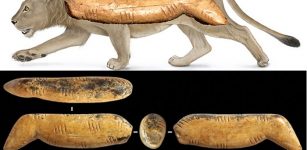 Cave Lion Figurine Made Of Woolly Mammoth Tusk Found At Denisova Cave
Archaeology | Nov 23, 2019
Cave Lion Figurine Made Of Woolly Mammoth Tusk Found At Denisova Cave
Archaeology | Nov 23, 2019 -
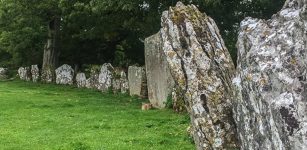 ‘Lios na Grainsi’ – Ireland’s Largest Stone Circle
Civilizations | Feb 3, 2016
‘Lios na Grainsi’ – Ireland’s Largest Stone Circle
Civilizations | Feb 3, 2016 -
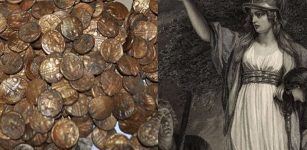 Valuable Ancient Celtic Gold Coins Found By Birdwatcher – A War Chest For Queen Boudicca’s Campaign?
Archaeology | Jan 5, 2021
Valuable Ancient Celtic Gold Coins Found By Birdwatcher – A War Chest For Queen Boudicca’s Campaign?
Archaeology | Jan 5, 2021 -
 What Were The Most Important Inca Laws That All Citizens Had To Respect?
Ancient History Facts | Aug 16, 2017
What Were The Most Important Inca Laws That All Citizens Had To Respect?
Ancient History Facts | Aug 16, 2017 -
 Obsidian Blades Reveals Dynamic Neolithic Social Networks – New Analysis
Archaeology | Oct 18, 2022
Obsidian Blades Reveals Dynamic Neolithic Social Networks – New Analysis
Archaeology | Oct 18, 2022 -
 Roman Leather Toy Mouse Found At Vindolanda
Archaeology | Jun 6, 2023
Roman Leather Toy Mouse Found At Vindolanda
Archaeology | Jun 6, 2023 -
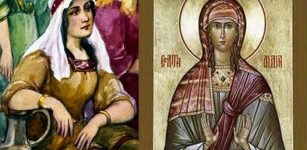 Biblical Lydia ‘Woman Of Purple’ Who Run Her Own Business
Biblical Mysteries | Apr 9, 2019
Biblical Lydia ‘Woman Of Purple’ Who Run Her Own Business
Biblical Mysteries | Apr 9, 2019 -
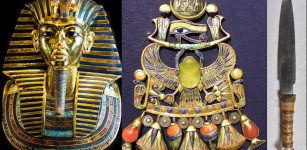 King Tut’s Cosmic Scarab Brooch And Dagger Linked To Meteorite’s Crash 28 Million Years Ago
Artifacts | Jun 17, 2021
King Tut’s Cosmic Scarab Brooch And Dagger Linked To Meteorite’s Crash 28 Million Years Ago
Artifacts | Jun 17, 2021 -
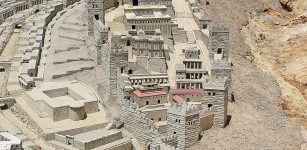 Has a 2,000 Year Old Podium Been Found in the City of David?
Civilizations | Sep 2, 2015
Has a 2,000 Year Old Podium Been Found in the City of David?
Civilizations | Sep 2, 2015

